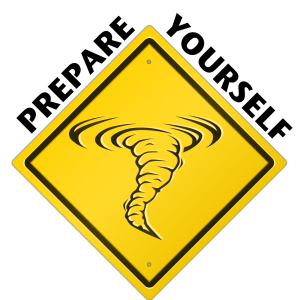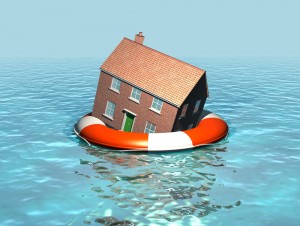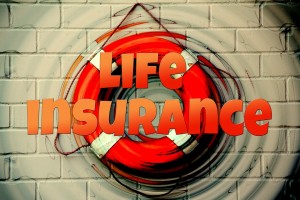 Women have made great strides in the business world in the past few decades. And business insurance is essential to protecting their hard-earned capital, according to the Insurance Information Institute (I.I.I.).
Women have made great strides in the business world in the past few decades. And business insurance is essential to protecting their hard-earned capital, according to the Insurance Information Institute (I.I.I.).
Forty years ago women owned just 5 percent of all small businesses in the United States. Today, they own one-third, generating nearly $1.5 trillion in revenue and employing over 7.9 million people. Between 1997 and 2015, the number of women-owned firms increased by 74 percent, according to the 2015 State of Women-Owned Businesses Report. And the majority of new women-owned firms launched in 2014 were owned by minority women.
“Whether launching a new business, growing your business or competing in the global marketplace, it is essential that women business owners get the right type and amount of coverage,” said Loretta Worters, a vice president with the I.I.I. “Without adequate insurance, a natural catastrophe, employee lawsuit or even the death of a business partner could destroy what they’ve built,” she warned.
In recognition of Women’s History Month, the I.I.I. recommends the following six strategies to ensure that your business is financially protected:
1. Assess your risks. What business property, including inventory and equipment, do you own? Do you have employees? What is the nature of your business? This basic snapshot will help an insurance professional provide recommendations about the type of coverage your business needs.
2. Find the right insurance professional. When shopping for insurance most business owners use an insurance brokeryou’ll want to find one who is familiar with the risks of your specific business. A qualified broker can help collect all the necessary information and paperwork to apply for a policy, and comparison shop among several options and quotes. Here are some tips for finding the right fit: Finding the Right Insurance Professional for Your Business.
3. Compare rates. As a general rule, you’ll want to get business insurance quotes from at least three different companies. Try to find policies that offer similar coverage so that you can clearly compare prices.
4. Evaluate insurers, policies and services. When purchasing business insurance, price is just one consideration. Make sure a potential insurer is reputable and in good financial condition. In addition, review and compare policies in depth. Does one policy have exclusions that another does not? In the case of litigation, does the insurer provide an attorney or reimburse you for an attorney you choose?
5. Lower your premiums. Choosing a higher deductible can lower your premiums significantly and insurers will often lower your rates for putting in place programs to minimize losses from fire, theft and employee and customer injuries. This is particularly important for start-ups that are low on initial capital.
6. Review your risks and insurance policies annually. Talk to your insurance professional prior to renewing you coverage each year to determine what adjustments should be made to your business insurance policies. If your business is expanding, you have purchased or replaced equipment or have started working with vendors internationally, you may have new liabilities that require higher insurance coverage.
Don’t Overlook These Coverages
Life insurance is vital to any businessboth personal and for the company. Should you die prematurely, a personal life insurance policy can replace your income from the business and protect your family. In the event an owner, partner or key employee dies, life insurance will take care of your business.
Another key coverage is disability insurance. More than twice as many people will be disabled during their career as will die before they retire. “Income protection for small business owners is critical for the long-term security of the owner and the company if they cannot work due to an injury or illness,” said Worters.



